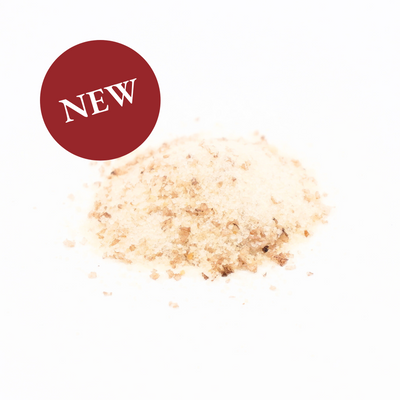EVOO Chemistry: Diacylglycerols
There are many similarities between extra virgin olive oil and wine, from growing conditions and regional differences in production, to the unique method of tasting. One way in which they differ a great deal is that wine improves with age, whereas EVOO does not.
The various chemical tests that are performed on olive oil to determine its grade occur immediately after crushing, as that snapshot in time captures the qualities of freshly pressed olive oil. As the oil ages, reactions take place that deteriorate the quality of the oil and lead to the oil oxidizing. These factors are discussed in our blog on EVOO and Peroxides. Clearly, keeping your extra virgin olive oil fresh is in your best interest to reap the health and flavour benefits of the oil. But you will be in an even better position if your EVOO had top-notch chemistry in the first place, and a handy indicator of the oil's freshness at its starting point is the diacylglycerol ratio.
Diacylglycerols- Let's Break it Down
All oils are made up primarily of triglycerides, which are E-shaped molecules that have a glycerol backbone with three fatty acids attached. We have previously talked about oleic acid, which is the dominant fatty acid in EVOO. Most triglycerides in olive oil are made up of three oleic acid molecules bound to that glycerol backbone.
Fresh EVOO will have most of those triglycerides intact, indicating that it is a quality oil that has been handled with care. However, over time, triglyceride breakdown occurs in which one of those three fatty acids breaks off and becomes a free fatty acid. When the fatty acid in the third position breaks off, it forms a 1,2- diacylglycerol that looks more like an "F" than the original "E." If the middle fatty acid breaks off, the 1,3- diacylglycerol that forms looks more like a squared-off "C."
Chemical breakdown in EVOO is not desirable, but like we have said before, it does happen slowly as the oil ages. However, old oil will have likely deteriorated to a point that the diacylglycerol ratio is extremely low. But how is this ratio calculated?
The Diacylglycerol Ratio
A small amount of diacylglycerols, or DAGs, can be present after crushing, but it is typically more of the 1,2-DAG configuration. As the EVOO ages, those 1,2- DAGs often get converted to 1,3-DAGs. This is not a desirable transition, as 1,3-DAGs decrease the quality of the oil.
The diacylglycerol ratio is calculated as the number of 1,2-diacylglycerols to total diacylglycerols. So if there were no 1,3-DAGs at all, the ratio would be 100%. The closer that ratio is to 100%, the fewer detrimental DAGs there are, and the fresher the oil is.
At Evoolution
Our Ultra Premium olive oils must all exhibit DAG ratios over 90%, and most of them are up in the high 90% range. The high diacylglycerol ratios of all our EVOOs indicate that the oil was made from healthy olives crushed immediately after harvesting, and that the oil has been treated with care during every step of production.





Leave a comment